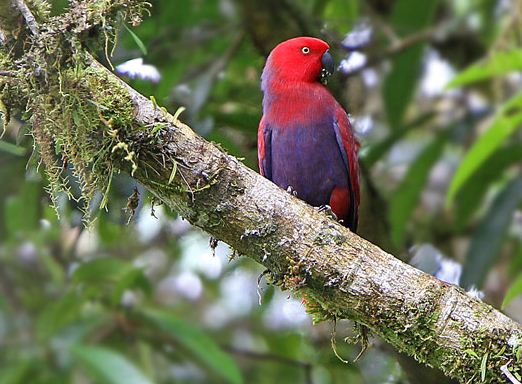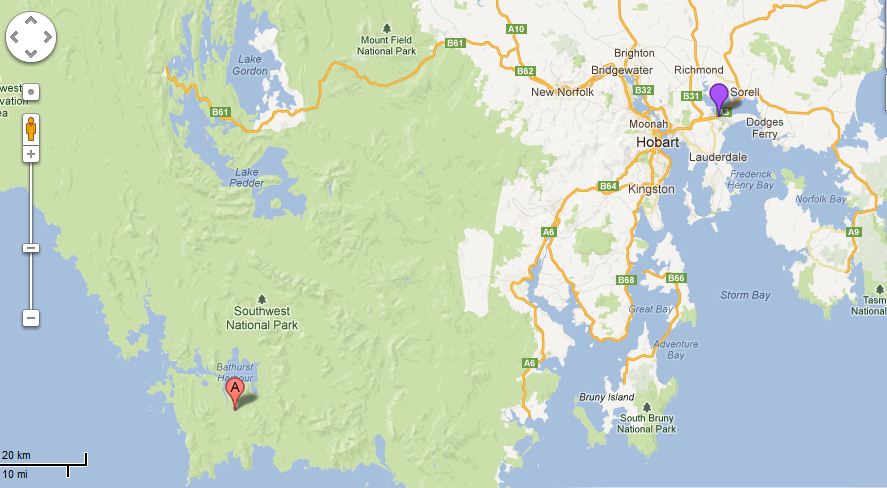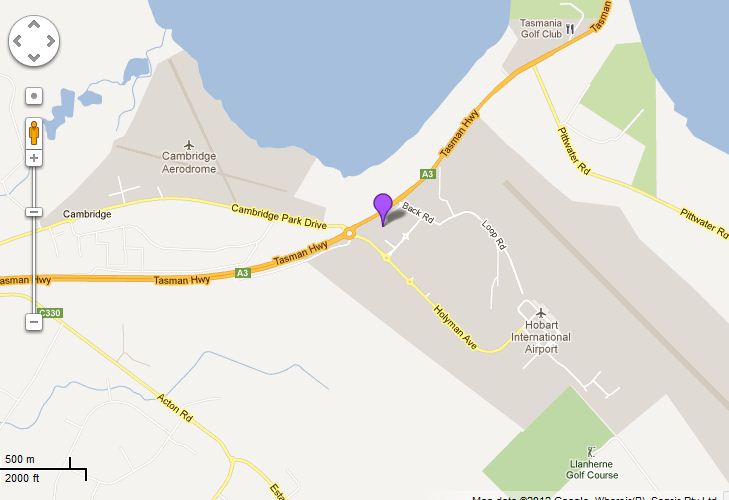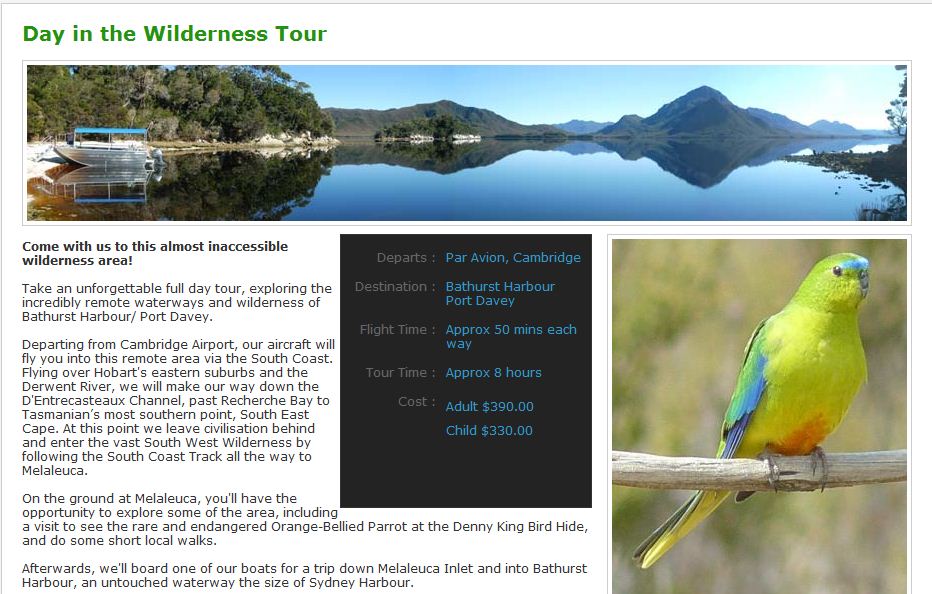Ecotourism is an extremely rewarding experience for people of all ages. Given the diversity of places you can go and the range of adventures from very soft “Birding from a cruise ship” to the most challenging treks through dense jungles; how do you decide which type of adventure is right for you? Let’s take a look at various age groups and see what they have going for them and what challenges they face. Don’t take the age groups TOO seriously, these are generalizations and not meant to be strict guidelines but simply food for thought!
Travel expenditure by age group
18-30
backpackers
These people are young, (hopefully) healthy and have more freedom. They are at the beginning of their careers, have probably not settled down yet to marriage, kids and a mortgage. They can save their discretionary cash for travel but since they are just starting out jobwise, won’t be raking in the big bucks yet. Of course there are exceptions with young adults who go straight into high-powered careers and do have more money to spend. People in this age group will have no problem with more physically challenging treks, are usually happy to don a backpack, fly economy and stay in hostels or budget hotels. They lack experience in travel and dealing with other cultures but will learn quickly if they are open-minded. They are most likely to seek out a social life and want to spend the evening partying and still be able to wake at dawn for birding. They also are likely to meet other like-minded travelers at hostels and form impromptu groups for safaris or trekking.
Suggestions: Australia, New Zealand, Brazil, Mexico, India
31-45
Off the beaten track
These people are now pretty well established in their careers and may not find it so easy to get time off work. Even if they do get vacation time each year, they may not like leaving their job to a temp for a couple weeks. They are likely to be married and have a kid or several so they may need to plan trips around school holidays. This means travel during peak seasons. They are still young enough to be physically fit and will have more travel experience under their belts. They may have grandparents who can watch the kids so they can get away on a big trip and they will have the means to do so. They have traveled quite a bit by now and are more confident and ready to seek out new adventures.
Suggestions: Venezuela, Laos, Indonesia, Costa Rica, Bolivia
45-60
Birding from a tower
At this age, many people will be at the top of their careers, and have more discretionary income. If their kids are grown, they will have freedom to travel when they wish and avoid high season. They are no longer as strong and fit as they used to be and their eyesight may be declining. They can still go on jungle treks but may have trouble keeping up with the group and stop to rest more. They may also have more trouble spotting birds at a distance as glasses steam up in the tropics. They will need a good guide to help them find birds. They are well-experienced travelers by this time, used to dealing with other cultures whether they speak the language or not and take minor inconveniences in stride.
Suggestions: Pacific Islands, Africa, Peru, Ecuador
60 and Up
Cruise ship adventures
This is when most people start thinking about retirement, so they will have plenty of free time. Depending on income, they may have the means or they may be on the pension and a tight budget. At this age, travel insurance companies start raising the premiums and they may have other pre-existing conditions like heart conditions, arthritis, gout that also affect travel insurance. They will need to take things slower and may not be able to hike through steamy rainforests; or carry their own gear.
Suggestions: Birding from a cruise ship-Panama and Caribbean itineraries often visit places rich in birdlife.
Which one am I? My husband and I are in the 45-60 group. I am a very experienced traveler having crossed Africa on my own in my early 30’s and always traveled on a budget and independently. We aren’t fussy about accommodation but like it to be as natural as possible and blend into the environment; but are not afraid to use hotel points for 5 star hotels at gateway cities and airline miles to fly business class. We embrace different cultures and are ready to try almost anything (maybe not all kinds of food though). We know how to pace ourselves and can trek in the rainforest but move slowly and stop for rests more often so try to avoid younger groups where the people would become impatient. I have a great camera kit and long lenses but don’t have the strength to hold it for a long time to focus on birds in flight or camouflaged in trees. My eyesight isn’t the greatest so I do appreciate a good eagle-eyed guide! My husband has gout so we only have a couple travel insurance companies we can use. We are lower income and need to budget; if it weren’t for miles and points we couldn’t go anywhere!
So where do you fit in? Are you a 35 year old accountant with 2 kids who wants to go to Brazil? Are you a 55 year old who likes hostelling and budget traveling and wants to go to Australia? Are you a 21 year old entrepreneur who has already made his/her first million and wants to spend a month in Indonesia? Let’s hear your story in the comments!













